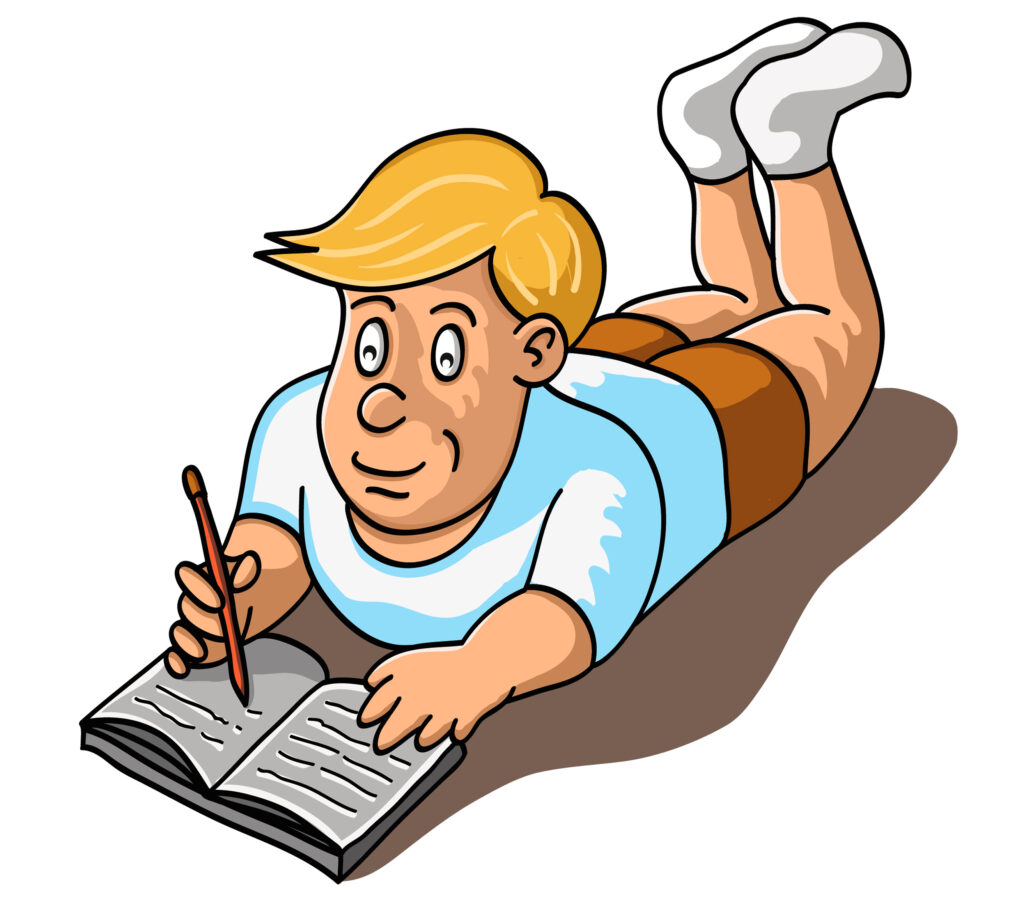
It is always a good time to set goals whether you are new to running, it is a new year, or you just need a fresh start. I love setting goals. The only thing I love more than setting goals is achieving them. In this article I share some techniques and time-tested strategies many have found successful, including myself, for setting and achieving running goals.
In general, writing goals that are specific, measurable, realistic, attainable, and timely is extremely beneficial for reaching new levels of athletic performance. As important to the goals themselves, is a plan to achieving them with specific daily or weekly habits. Athletic goals are not much different from other goals in life and writing SMART goals along with corresponding habits can lead you to greater success.
Nearly everyone has a vision or dream of achieving some fitness or athletic goal. Having a dream or goal is the easy part, but achieving them is where the real work and rewards come in. Setting SMART goals with identifiable habits to achieving them can bring you greater success and enhanced athletic performance. Read on to see how applying this framework can help you reach your full potential.
What are SMART Goals
Taken from the world of business and adopted in nearly every aspect of life, SMART goals are:
- Specific
- Measurable
- Attainable
- Realistic
- Timely
The above framework helps focus our dreams into something actionable and achievable. It defines more clearly what we want to accomplish which leads to a better plan for how we are going to get there.
Whether you are new to running or not, everyone can benefit from setting athletic goals. Your experience level only changes the kinds of goals that you set.
SMART goals are more focused than most goals leading to increased motivation. Read on for some common examples of goals you may and may not want to set.
Examples of SMART Goals
Example of goals lacking the SMART framework:
- I want to be a better runner
- I want to run faster
- I want to run farther
- I want to run more often
- I want to get in shape
All the above are statements that lack the ingredients of the SMART framework, yet many set these kinds of fitness goals.
With a little preparation and planning we can transform the above into goals that are much more motivating and powerful. Some good examples of SMART goals are:
- I will be a better runner in 6 months by dropping my average heart rate by 5 bpm for a 10K run
- I will run a 5K two minutes faster than my current 5K in 3 months
- I will run a half marathon/full marathon in 6 months
- I will run 5 days a week consistently for 6 weeks in the next 2 months
- I will run a 5K two months from today (typical couch to 5K plan)
General running goal ideas

Athletic performance goals for running can be easy to track. Some ideas for beginner and experienced runners can involve time, distance, and/or heart rate related metrics.
Most runners have the goal of getting faster. This can be a very frustrating process once you are past the beginner phase since most runners have a preferred running pace that each body tends to naturally settle into (see article here on Why do I run so slow).
If you have not focused specifically on improving speed and want to set speed related goals, you may need a reality check or a good coach (I know I did). When you are new to running you make large improvement fast, but the longer you’ve been running, the more gradual improvements will come and usually with a lot of hard work.
I really enjoyed this YouTube video experience of the Goal Guy that had an 8 week goal to run a 5 minute mile starting at 7:48min/mile best effort. See the video here, but spoiler alert, he did not reach his goal.
For older runners, setting time related goals to beat your high school or college personal best mile or 5K is not likely realistic which is why SMART goals are so great. For others that may not have been runners in high school or college you may be able to beat your best high school mile time.
Setting time related goals in relation to age can be a more effective goal, but you may be surprised to learn you don’t slow down as much as you think. Research shows your speed (mile time) slows down only about 1-2% per year after the age of 40 (see article here).
I set the goal of beating my best mile effort from high school this past year and succeeded by 5 seconds at the age of 47. That being said, I was not a runner in high school, although I was athletic. The moral is, don’t give up the dream too soon and setting the goal might get you closer than you thought possible.
For additional help in setting SMART goals enlist the help of an experienced runner or coach. You can also find a ton of plans online for free from many reputable sources.
Other tips for improving running performance could be related to strength training goals. Being able to do a pistol squat, the L sit, or 10 pull ups will all enhance your running performance while promoting injury prevention. Core exercises are vital for improved running. For unique and fun ideas for these exercises see my article here.
Write down your goals

Writing your goals in detail is strongly correlated with the achievement of those goals. There are many reasons that the simple act of documenting your goal(s) leads to success.
- Having your goal written down where you can see it every day can be a great motivator when you are tempted to skip the planned workout.
- Writing goals helps to clarify exactly what you want to accomplish which also forces you to think more deeply about it.
- You are more accountable when you have a specific outcome you are looking to achieve in a specified timeframe
- Your commitment level to the goal will be enhanced by writing it down and reviewing it daily
For more information on the science behind writing your goals see the article here.
Plan to achieve your goals

For each goal, you should have 2-3 habits you plan to do daily or weekly to track your progress and ultimately achieve success. Running is a demanding sport so a daily running habit is not likely sustainable, but other habits such as eating healthy should be part of your daily routine.
Plan your week with specific workouts to accomplish throughout the week. For performance related goals this will likely include targeted runs such as a tempo run, a long run, and a speed workout with sufficient rest between.
Regardless of experience level or desired athletic goal, everyone should include a strength training program as a part of the weekly habit. See my article here for some simple ideas and motivation for incorporating strength training in your weekly plan.
Key Takeaways
Goals are excellent for improving in any area of life. Setting the right kind of goals can enhance your commitment and lead you to higher performance levels than you thought possible.
A SMART goal is a framework for developing actionable and achievable goals that many, including myself, have found beneficial. Once you have your goal clearly defined, write it down for additional motivation and refer to it often.
Success in accomplishing one goal leads to more confidence and enthusiasm for accomplishing other goals. Make goal setting your habit for continued improvement in your running journey.